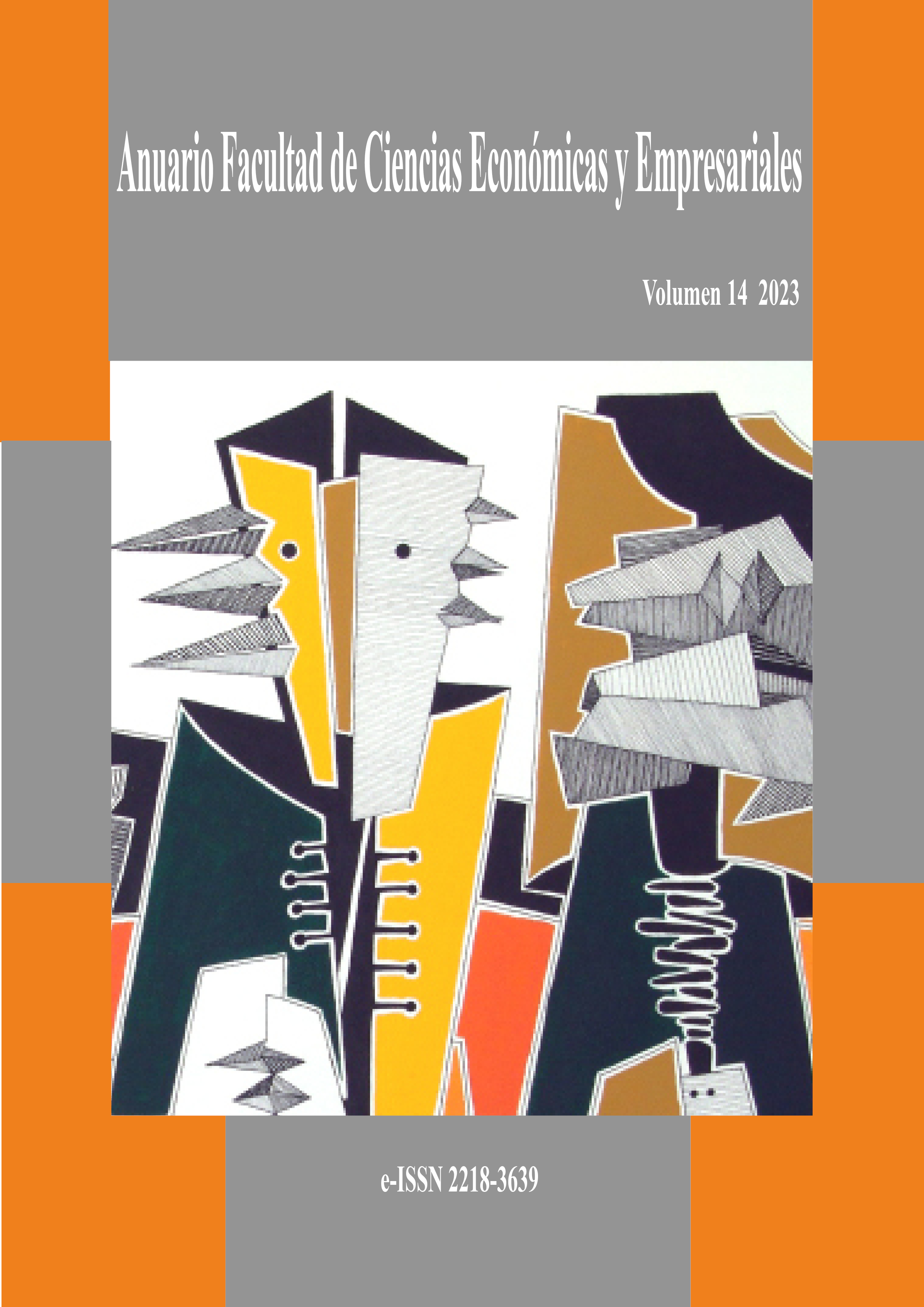Evaluación del patrimonio técnico en las cooperativas del segmento 1 del Ecuador
Evaluation of the technical heritage in the cooperatives of segment 1 of Ecuador
Palabras clave:
Solvencia, Cooperativas de Ahorro y Crédito, Evaluación, Patrimonio Técnico, Solvency, Savings and Credit Cooperatives, Evaluation, Technical HeritageResumen
En este estudio, se llevó a cabo una evaluación de la solvencia en las cooperativas de ahorro y crédito del Segmento 1 en Ecuador, utilizando datos de los estados financieros proporcionados por la Superintendencia de Economía Popular y Solidaria. La metodología combina enfoques analíticos, deductivos e inductivos, incluyendo una investigación bibliográfica exhaustiva y
el cálculo de ratios financieros. Los resultados revelaron una diversidad significativa en los niveles de solvencia entre las cooperativas, con algunas exhibiendo solidez financiera, mientras que otras enfrentan desafíos. Se destacó la importancia de una gestión efectiva de riesgos, la necesidad de medidas correctivas específicas para cooperativas con baja solvencia, y la
relevancia de la supervisión continua y una cultura sólida de gestión de riesgos en todo el sector cooperativo para garantizar la estabilidad financiera y la protección de los socios y depositantes.
In this study, an evaluation of the solvency of Segment 1 savings and credit cooperatives in Ecuador was carried out, using data from the financial statements provided by the Superintendency of Popular and Solidarity Economy. The methodology combines analytical, deductive and inductive approaches, including exhaustive bibliographic research and the calculation of financial
ratios. The results revealed significant diversity in solvency levels among cooperatives, with some exhibiting financial strength, while others face challenges. The importance of effective risk management, the need for specific corrective measures for cooperatives with low solvency, and the relevance of continuous supervision and a strong risk management culture throughout the cooperative sector to ensure financial stability and protection of members and depositors
Citas
Cruz, P., Marques, M. J., & Mateus, L. P. (2017). Risk Management Practices in Credit Unions. In Risk Management in Banking (pp. 191-218). Springer.
Claessens, S., Demirgüç-Kunt, A., & Huizinga, H. (2001). How Does Foreign Entry Affect the Domestic Banking Market? Journal of Banking & Finance, 25(5), 891-911.
Demirgüç-Kunt, A., & Detragiache, E. (1998). The Determinants of Banking Crises: Evidence from Developing and Developed Countries. International Monetary Fund Working Paper, 98(224).
Doe, John. (2020). Solvencia y patrimonio técnico en cooperativas: Un enfoque crítico. Revista de Economía Cooperativa, 15(2), 45-60.
García, A., López, B., & Rodríguez, C. (2019). La importancia del segmento 1 de cooperativas en el sistema financiero ecuatoriano. Revista de Economía Regional, 25(1), 34-48.
Gutiérrez, M., & González, J. (2019). Solvency of Credit Cooperatives: A Proposal for Evaluation. International Journal of Financial Research, 10(5), 114-124.
Herring, R. J., & Wachter, S. M. (2003). Bailouts, Moral Hazard, and Soft Budget Constraints. Journal of Financial Services Research, 24(2-3), 5-30.
Hirtle, B., & Lopez, J. A. (1999). Supervisory Information and the Frequency of Bank Examinations. Journal of Financial Services Research, 15(1-2), 87-101.
Lerman, A., & Hoyt, R. E. (2012). “Credit Union Capital and Risk Management.” Journal of Financial Services Research, 42(1-2), 35-53.
Pérez, Luis. (2017). Evaluación integral del patrimonio técnico en cooperativas del segmento 1. Revista de Gestión Financiera, 10(4), 112-128.
Saunders, A., & Cornett, M. M. (2014). Financial Institutions Management: A Risk Management Approach. McGraw-Hill Education.
Smith, J. (2018). La evaluación del patrimonio técnico en cooperativas como factor de confianza y estabilidad. Revista de Finanzas Cooperativas, 12(3), 78-92.
Descargas
Publicado
Número
Sección
Licencia
Derechos de autor 2023 MARÍA FABIOLA ÁVILA MARTÍNEZ

Esta obra está bajo una licencia internacional Creative Commons Atribución-NoComercial-SinDerivadas 4.0.
Esta revista proporciona un acceso abierto inmediato a su contenido, basado en el principio de que ofrecer al público un acceso libre a las investigaciones ayuda a un mayor intercambio global de conocimiento.
This journal provides immediate open access to its content, based on the principle that providing the public with free access to research supports a greater global exchange of knowledge.



























 Universidad de Oriente
Universidad de Oriente 